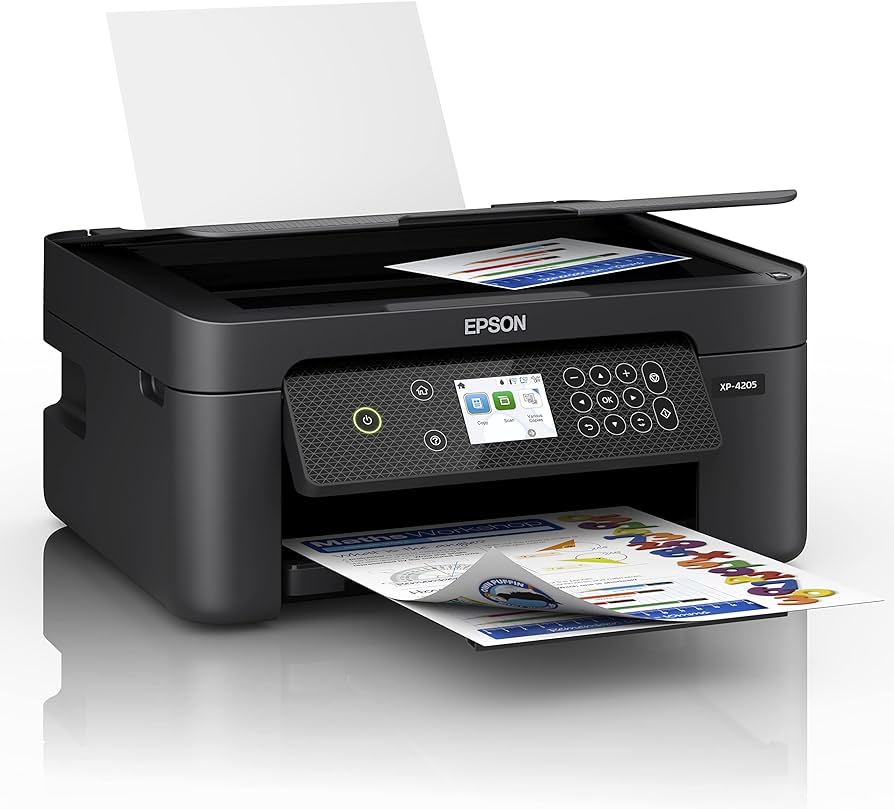Introduction:
Understanding the term “collate” in the context of printing is essential for producing organized and efficient print jobs, particularly when handling multi-page documents. This comprehensive guide details what collating means, its practical importance, how to use it, and addresses common questions and issues, ensuring a seamless printing experience.
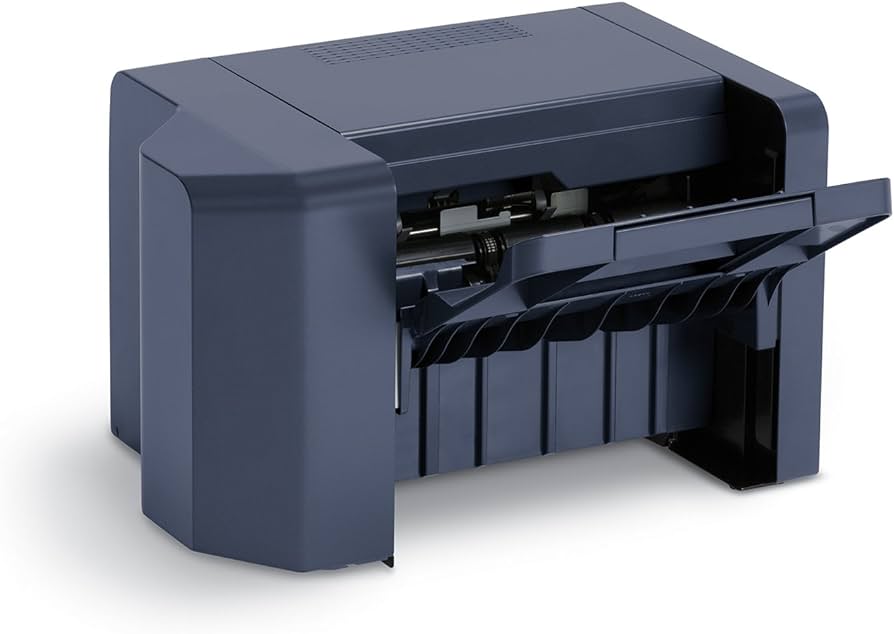
What Does Collate Mean on a Printer?
Understanding Collate in Printing
Collating in printing refers to the process of arranging and organizing multi-page document printouts in a specific, sequential order. Here is an in-depth look at what collating entails.
Definition: Collating involves assembling printed pages in a set sequence to create complete, orderly document sets. For example, when printing three copies of a ten-page document, collating arranges the pages in sets like 1-10, 1-10, 1-10, rather than 1-1-1, 2-2-2, 3-3-3.
Collate On: When you select the “Collate” option, the printer organizes the pages of each copy in the correct order, producing individual, fully compiled documents from start to finish.
Collate Off: When collate is turned off, the printer groups similar pages together, meaning all the first pages are printed, followed by all the second pages, and so on. You will need to manually arrange the pages into complete sets.
Practical Importance of Collating
Understanding why collating is important helps appreciate its role in improving efficiency and organization in printing tasks.
Efficiency: Collating saves time and effort, particularly for large print jobs. By automatically organizing pages into complete sets, it eliminates the need for manual sorting, reducing the workload and speeding up the overall printing process.
Organization: Collated printouts are ready for distribution or binding immediately after printing. This ensures that documents remain in order, preventing potential misplacement of pages and maintaining a professional appearance.
Productivity: For businesses and educational settings where bulk printing is common, collating enhances productivity by streamlining the printing process. It allows employees or students to focus on other tasks rather than manually sorting pages.
Reduced Errors: Collating reduces the risk of errors. Manual sorting can lead to mix-ups or overlooked pages, whereas automated collating ensures consistency and accuracy in multi-page documents.
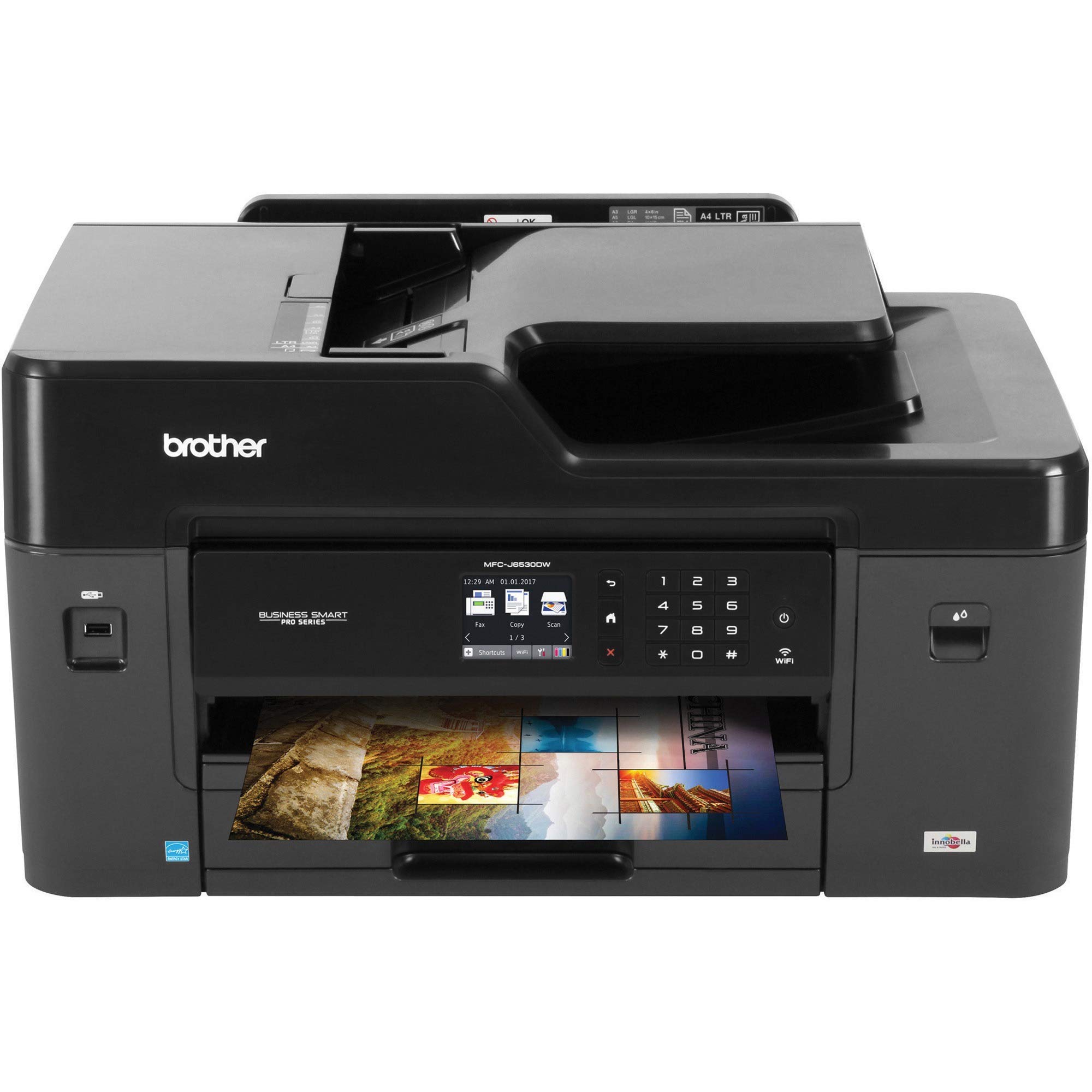
How to Use the Collate Option
Using the collate option effectively depends on the printer and software you are using. Below are steps to enable collating on common platforms.
Using a Computer:
Step 1: Access Print Settings Open the document you wish to print and select the print option (Ctrl + P on Windows or Command + P on macOS).
Step 2: Locate the Collate Option In the print settings window, look for an option labeled “Collate.” This is usually found under the “Copies” or “Layout” sections.
Step 3: Enable Collating Check the box next to “Collate” if it’s not already selected. Ensure the correct number of copies is specified.
Step 4: Print the Document Click the “Print” button to send the collated print job to the printer.
Using a Printer Control Panel:
Step 1: Prepare the Document Ensure the document is ready for printing and the printer is connected.
Step 2: Navigate to Print Settings Access the printer’s control panel or settings menu. Use the navigation buttons to locate print options.
Step 3: Select Collate Find and select the collate option. This may be under “Print Setup” or a similar section depending on your printer model.
Step 4: Confirm and Print Confirm the print job settings and start printing. The printer will handle collating automatically.
Addressing Common Questions and Concerns
Clarifying common questions about collating helps improve understanding and effective usage of this feature.
Q: Does collating use more ink or toner? A: No, collating does not affect ink or toner usage. It simply alters the order in which pages are printed and organized.
Q: Should I always use the collate option? A: Use the collate option when printing multiple copies of multi-page documents. For single-page documents or one set of a multi-page document, collating is unnecessary.
Q: Why is my collate option grayed out? A: The collate option may be unavailable due to driver issues, printer settings, or software limitations. Ensure your printer driver is up-to-date and supported by your operating system.
Q: Can I collate documents with different page sizes? A: Collate functionality depends on the printer’s capabilities. Some printers can handle mixed page sizes, while others cannot. Refer to your printer’s specifications for details.
Q: What do I do if collated pages are out of order? A: Ensure the collate option is enabled correctly. Check printer settings and software configurations. If issues persist, consult the printer’s manual or support services for troubleshooting.
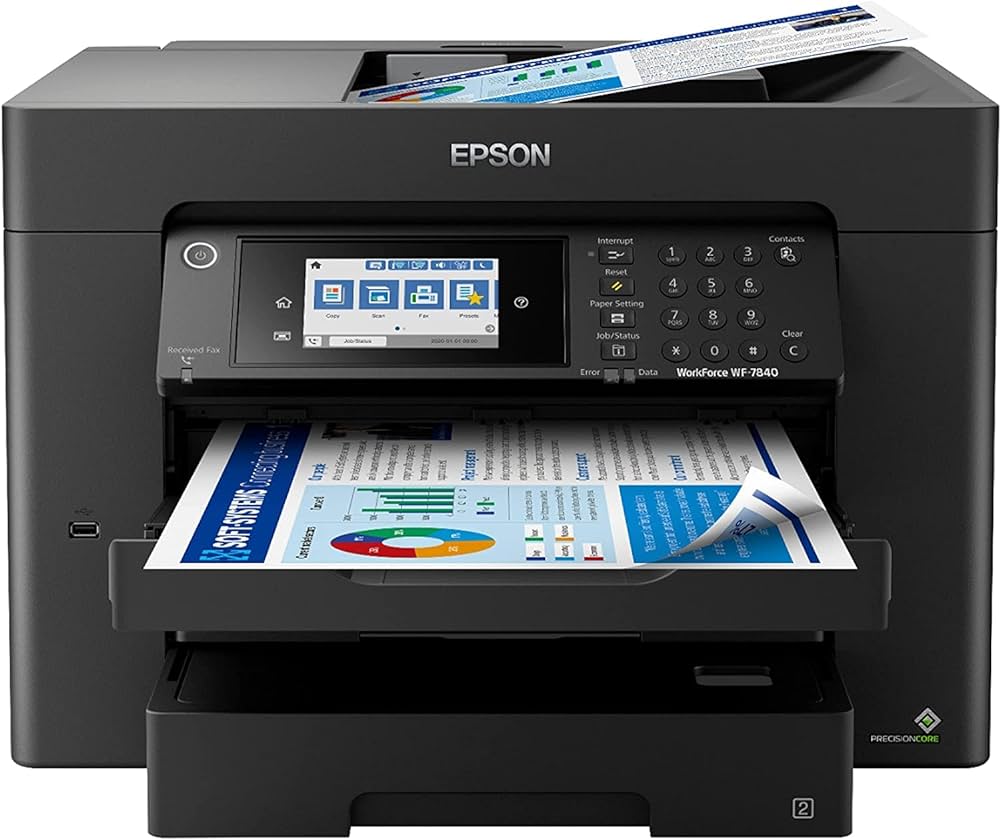
Advanced Collating Features
Some advanced printers and software offer enhanced collating features that add further convenience and customization to your print jobs.
Booklet Printing: Advanced collating options include booklet printing, where pages are arranged in a specific order to be folded and bound into a booklet. This feature is especially useful for manuals, catalogs, and informational booklets.
Individual Page Settings: Some high-end printers allow individual settings for each page within a collated document. This includes different orientations, paper types, or color settings, enhancing the customizability of collated print jobs.
Automatic Stapling and Binding: Certain commercial printers offer automatic stapling or binding as part of the collating process. This feature is valuable for producing professionally finished documents with minimal manual intervention.
Digital Send: Digital send features allow collated documents to be scanned and emailed or stored digitally in the correct order. This is beneficial for maintaining digital archives of printed materials.
Tips for Optimizing Collated Printing
Optimizing your collated print jobs ensures efficiency and reduces potential issues. Follow these tips for best results.
Print a Test Page: Before printing a large batch, print a test page or a small set to check the order and ensure everything is configured correctly. This helps catch any issues early.
Check Print Settings: Review your printer and software settings carefully before starting a large print job. Ensure collate is enabled and other preferences are set as needed.
Use High-Quality Paper: Choose high-quality paper suited for your printer and the print job. Consistent, good-quality paper ensures smooth operation and professional-looking documents.
Monitor Print Jobs: Keep an eye on the printer while it’s processing large collated print jobs. Occasionally, the printer may encounter jams or other issues that can disrupt the sequence.
Maintain Your Printer: Regular maintenance, including cleaning and servicing your printer, helps maintain its performance and reduces the likelihood of print job errors.
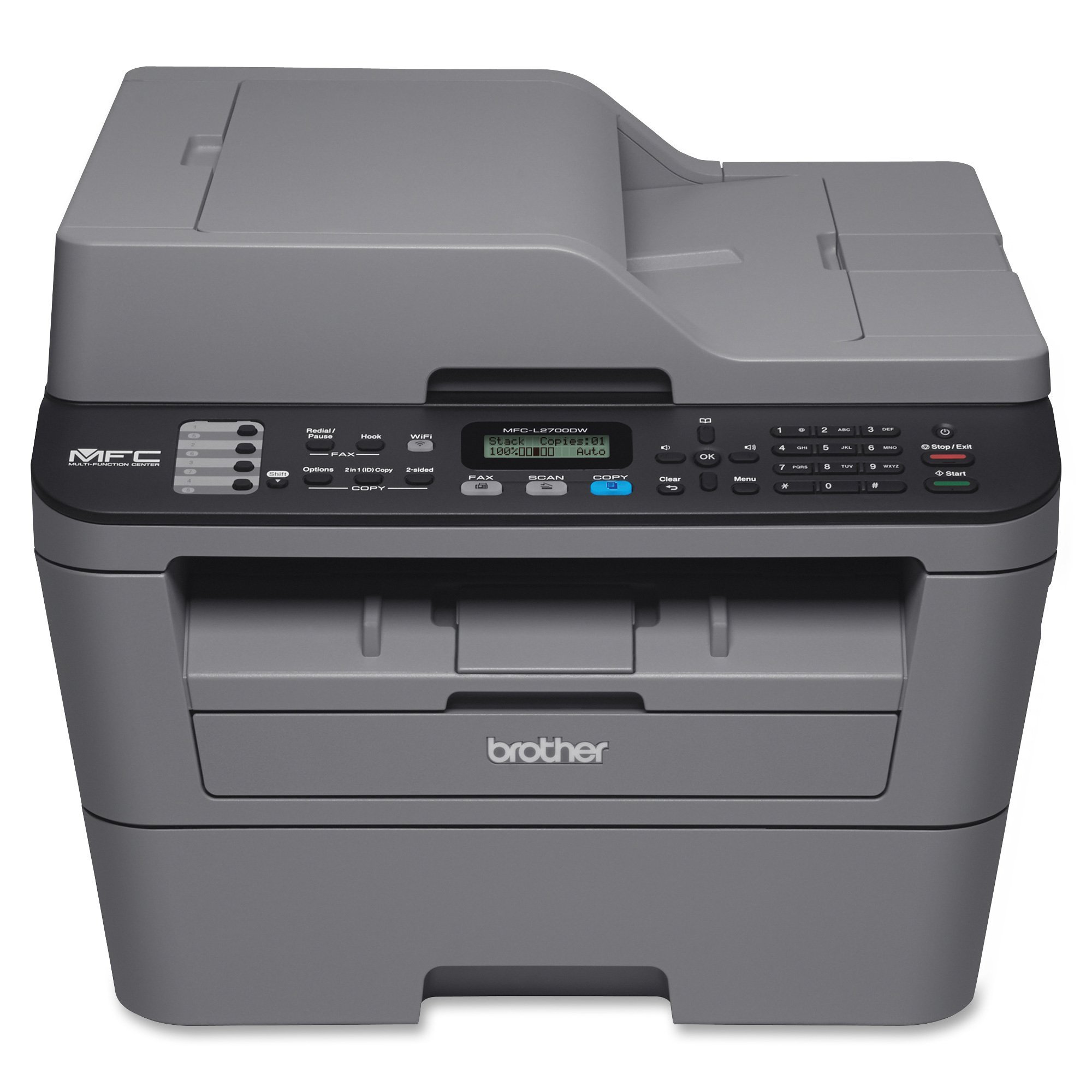
Environmental Considerations
Collated printing also has environmental implications. Here are some considerations to keep in mind.
Paper Waste Reduction: By properly organizing print jobs, collating reduces the likelihood of printing errors that waste paper. Always print only the necessary number of copies to minimize waste.
Eco-Friendly Settings: Use eco-friendly printing settings such as duplex (double-sided) printing in conjunction with collating. This reduces paper usage and environmental impact.
Recycling: Properly recycle printed materials. Set up a recycling system for paper waste in your workspace to ensure environmentally responsible disposal of print jobs.
Energy Efficiency: Choose energy-efficient printers with Energy Star ratings to reduce electricity consumption. Regularly turning off or putting printers in sleep mode when not in use conserves energy.
Collate in Different Printing Scenarios
Collating proves beneficial in various scenarios beyond typical office environments. Here’s how collating can enhance different printing needs.
Educational Institutions: Teachers and students benefit from collated printouts for class materials, exams, and assignments. It ensures all students receive a complete, properly organized set of documents.
Business Meetings: Collated handouts, reports, and presentations keep meetings organized and professional. Participants can follow along easily, enhancing the effectiveness of the presentation.
Booklet Creation: Authors and publishers use collating for drafts and final prints. It arranges pages correctly for binding, creating a seamless reading experience.
Marketing Materials: Brochures, flyers, and catalogs benefit from collating, ensuring each recipient gets a complete set of marketing materials, aiding in effective communication.
Home Use: Even for personal projects, from recipe collections to personal records, collating helps keep printed material organized and accessible.
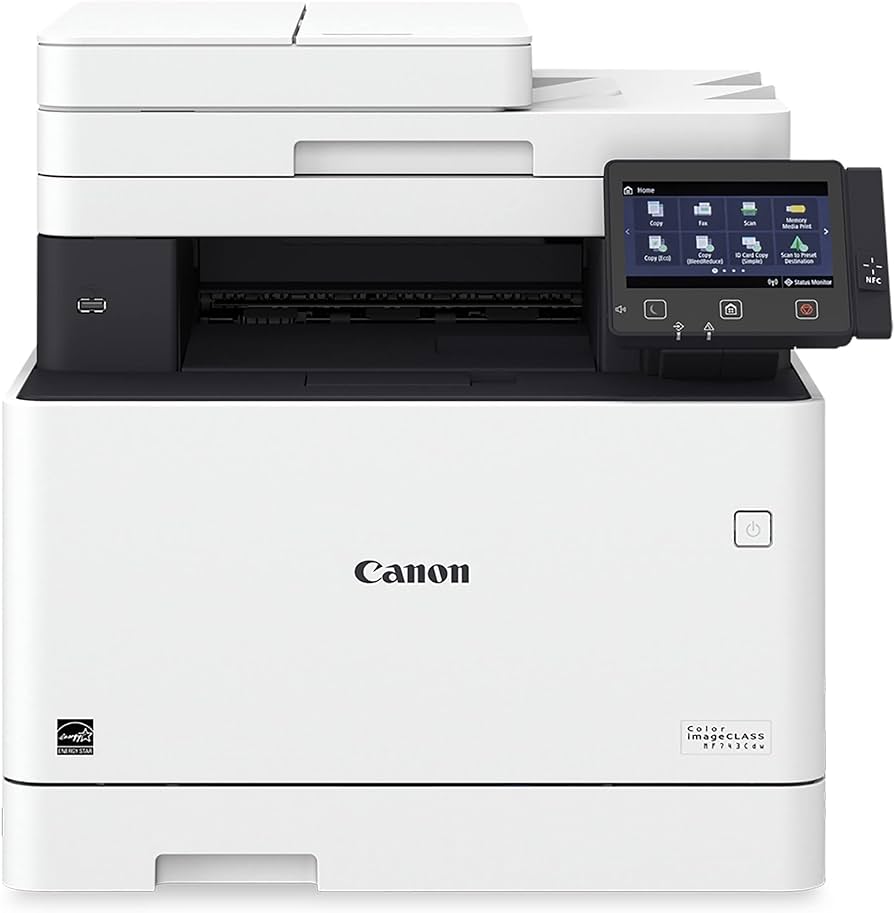
Conclusion
Collating is a crucial feature in printing that enhances organization, efficiency, and productivity. Understanding and utilizing the collate option on your printer ensures that multi-page documents are printed in an orderly, sequential manner, ready for distribution or use. Addressing common questions and leveraging advanced features further optimizes your printing tasks. By following the detailed insights and tips provided in this comprehensive guide, you can confidently manage collated print jobs, improving the overall quality and effectiveness of your printed materials.

